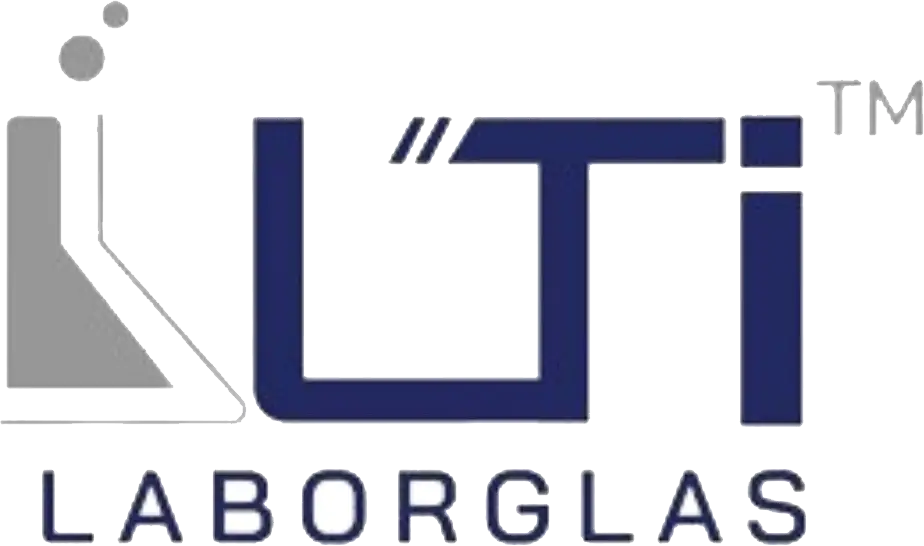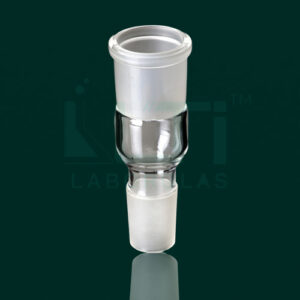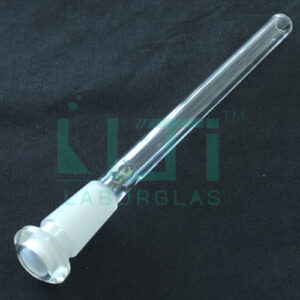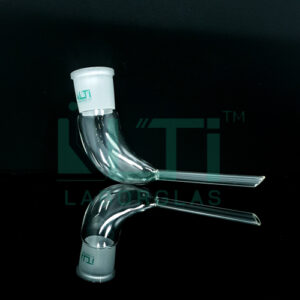Chemical Resistant
| Part No. | Joint | Length below Joint mm | Pack QTY. |
| 2270-24 | 24/40 | 200 | 10 |
| 2270-29 | 29/42 | 250 | 10 |
Here are potential uses for such an adapter in a laboratory setting:
- Gas Inlet for Reactions:
- The 90° bend gas inlet adapter can be used to introduce gases into chemical reactions. This is common in reactions where a controlled atmosphere is required or when specific gases need to be introduced into a reaction vessel.
- Inert Gas Blanketing:
- In processes sensitive to oxygen or moisture, the gas inlet adapter can be used to introduce inert gases (such as nitrogen or argon) for creating an inert atmosphere, minimizing unwanted reactions.
- Gas Flow Control:
- The adapter allows for controlled and regulated flow of gases into the reaction vessel. This is crucial for experiments where precise control of reaction conditions is necessary.
- Hydrogenation Reactions:
- In organic chemistry, the gas inlet can be used for hydrogenation reactions, where hydrogen gas is introduced to facilitate the reduction of unsaturated compounds.
- Catalytic Reactions:
- The gas inlet adapter may be employed in catalytic reactions where a specific gas is required to activate or facilitate the catalytic process.
- Gas-Solid Reactions:
- In experiments involving gas-solid interactions, the gas inlet adapter can be used to introduce gases that will react with solid materials or catalyze specific processes.
- Catalyst Activation:
- Some reactions require the activation of catalysts through the introduction of specific gases. The gas inlet adapter facilitates this process.
- Chemical Vapor Deposition (CVD):
- In materials science, the gas inlet can be used in CVD processes where gases are introduced for the deposition of thin films onto a substrate.
- Laboratory Plumbing:
- The adapter contributes to the laboratory plumbing system, providing a connection for gas hoses used in various experimental setups.





